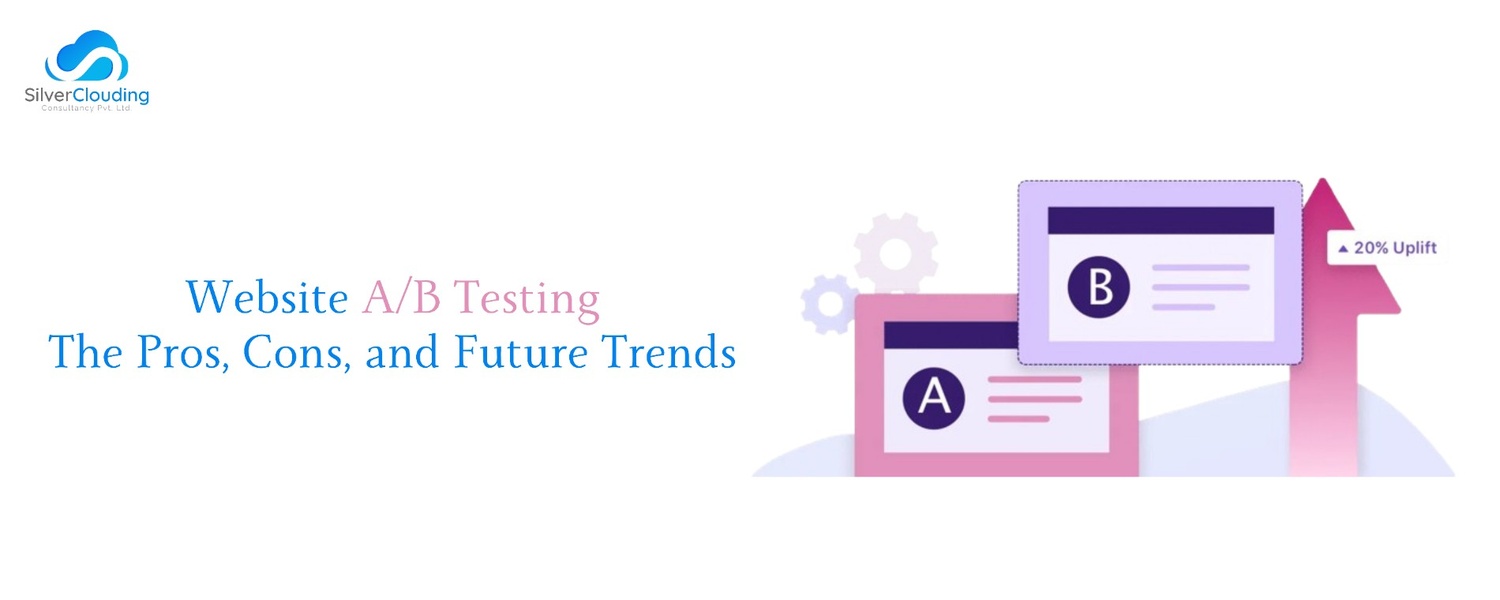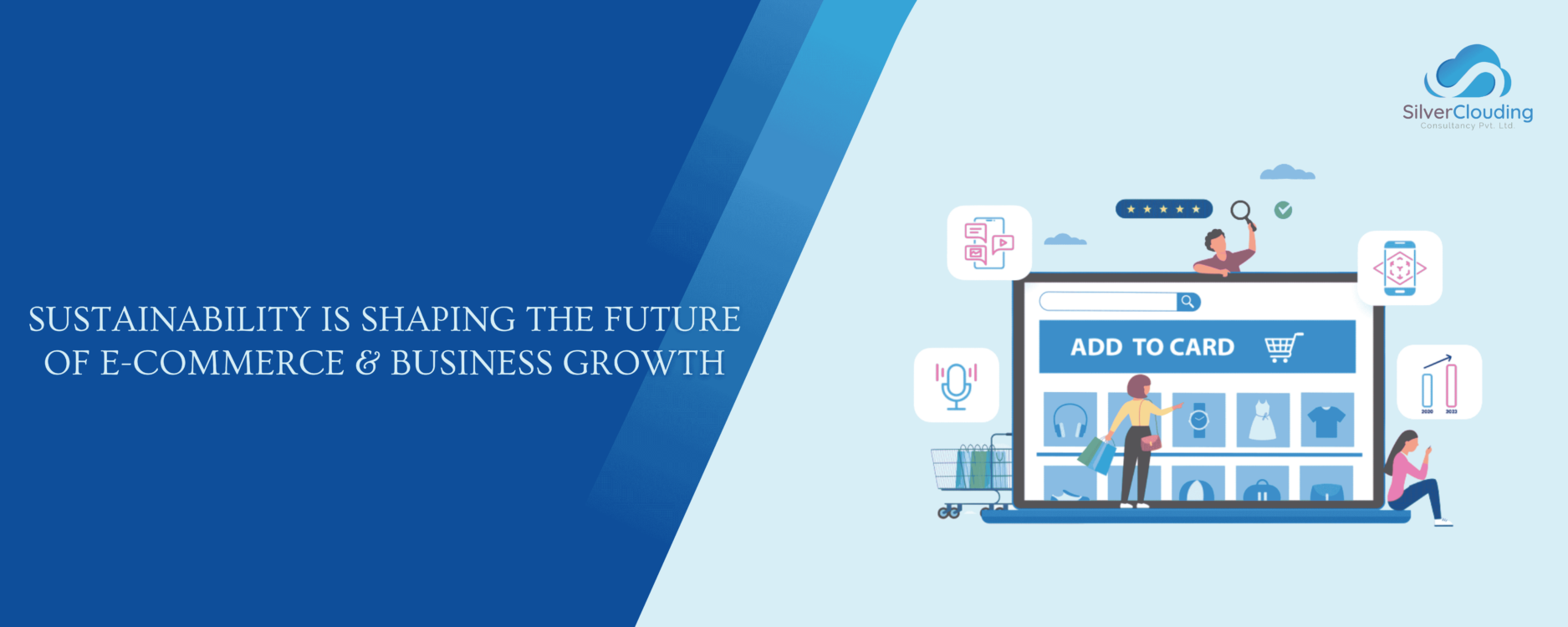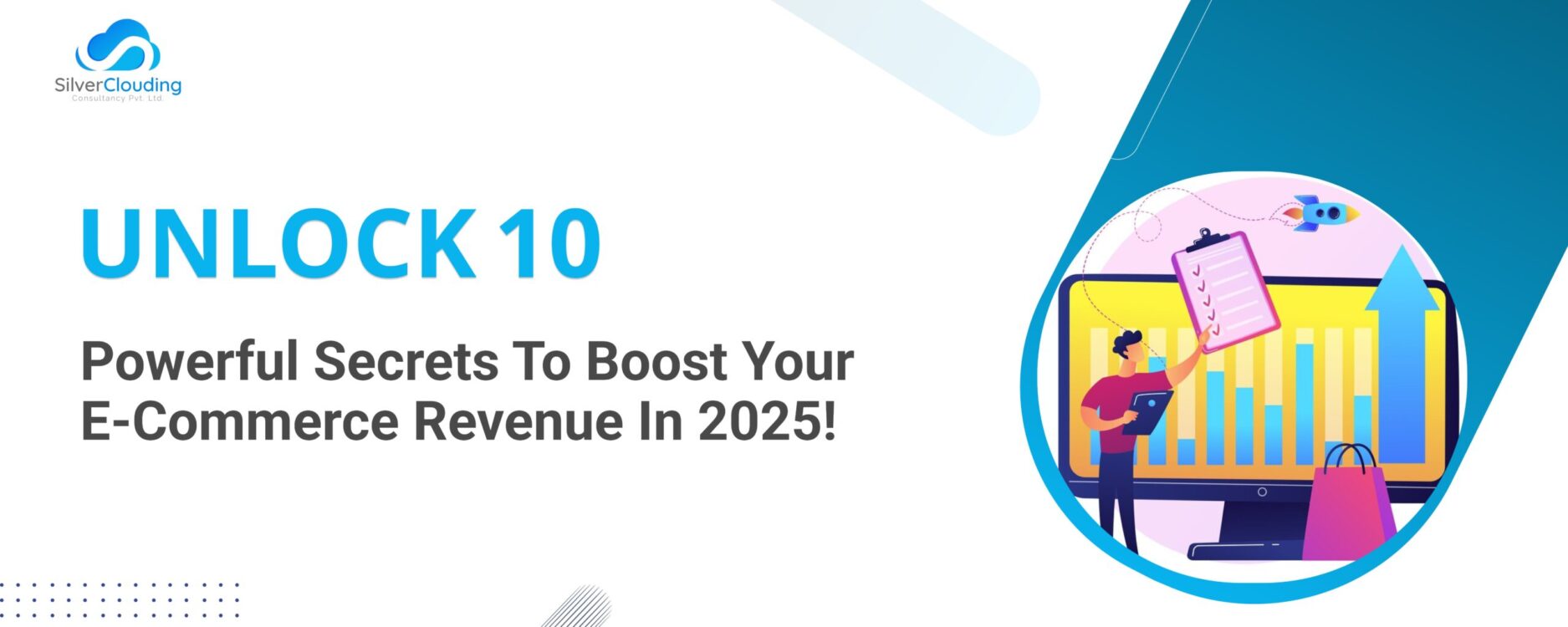Pros of the Future of Website A/B Testing
Website A/B testing is evolving with technological advancements and data analysis, making it increasingly essential for marketers, UX designers, and product managers. However, as the field advances, new challenges and considerations also emerge.
1. Improved Personalization
With machine learning (ML) and artificial intelligence (AI), A/B testing can adapt to create personalized experiences for users in real time. This means that tests can cater to specific user segments rather than just generalized findings, increasing relevancy and conversion rates.
2. Automated and Multivariate Testing
Traditional A/B tests are limited to testing two or more versions of one element. With advanced technology, multivariate and automated testing allows simultaneous testing of numerous variables, providing a more comprehensive view of which combinations work best. This can lead to faster insights and iterative improvements.
3. Enhanced Predictive Capabilities
Predictive analytics integrated into A/B testing will enable companies to anticipate how users will react to changes before even launching a test. This reduces the number of ineffective or irrelevant tests and optimizes resources, allowing for more efficient decision-making.
4. Faster Testing with Real-Time Data
Real-time data analysis tools help tests run faster, providing actionable insights quicker. By harnessing streaming data, businesses can spot trends immediately and pivot quickly based on user reactions.
5. Integration with Omnichannel Marketing
Future A/B testing platforms will likely integrate across multiple channels, offering insights not just on websites but across apps, emails, and even physical stores. This creates a more holistic view of user behavior, leading to more cohesive and effective customer experiences.
Cons of the Future of Website A/B Testing
1. Complexity in Interpretation
While advanced tests yield more data, interpreting results can become increasingly complex. Multivariate testing and machine learning algorithms can generate large volumes of insights that may require expert analysis, making it harder for teams without data science expertise to act on findings.
2. Privacy Concerns and Compliance
Enhanced personalization often relies on collecting detailed user data, which can raise privacy issues. As data privacy regulations become stricter (e.g., GDPR, CCPA), companies will need to ensure that A/B testing practices adhere to legal standards, possibly limiting how data can be collected and used.
3. Risk of Over-Personalization
As personalization increases, there’s a risk of over-customizing experiences, which can create a feeling of intrusion for users. Overly targeted tests can make users uncomfortable, impacting brand trust and leading to decreased engagement if users feel their data is being used excessively.
4. Increased Dependence on Algorithms
AI-driven A/B testing can reduce the need for manual experimentation but can also lead to an over-reliance on algorithms. If the underlying algorithms are biased or if data quality is compromised, the results may be misleading, impacting decision-making negatively.
5. Higher Resource Requirements
Advanced A/B testing setups especially those involving multivariate or AI-driven components—demand more technical expertise, computing power, and data infrastructure. This can drive up operational costs and create barriers for smaller companies to implement sophisticated A/B testing frameworks.
Summary
The future of website A/B testing holds great potential but presents certain challenges. On the pros side, advancements in AI and machine learning enable faster, more accurate testing processes, allowing for real-time personalization and deep insights into customer behavior. This makes testing more scalable and accessible, empowering marketers to make data-driven decisions and boost conversions effectively. However, there are challenges as user privacy regulations tighten, and gathering and using data for testing becomes more complex. Additionally, over-reliance on AI-driven tools can sometimes lead to less human oversight and potential misinterpretations. Balancing automation with a strong testing strategy will be essential for effective A/B testing in the future.




